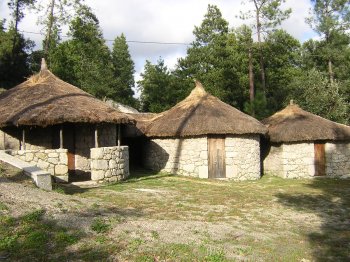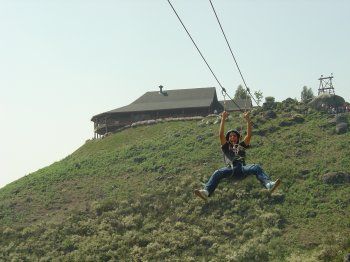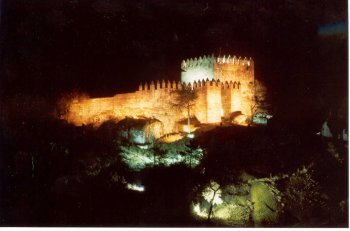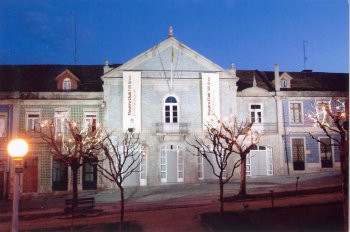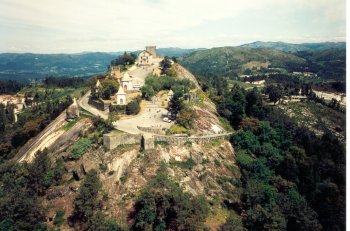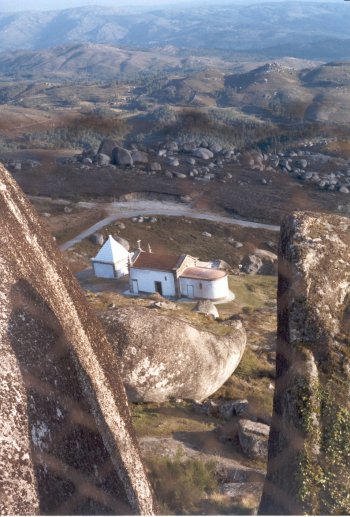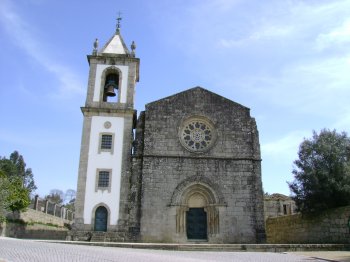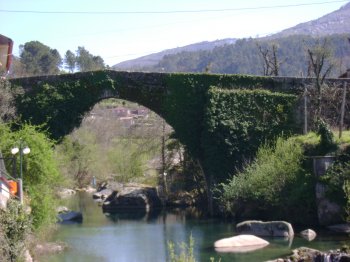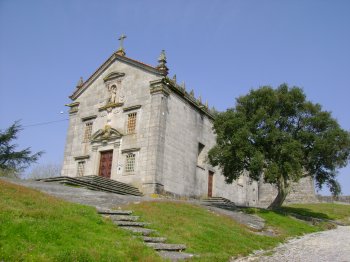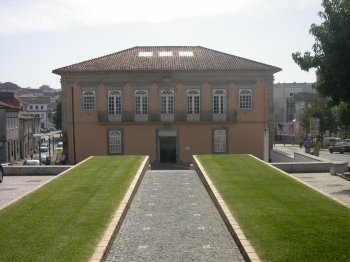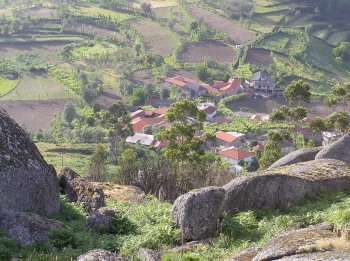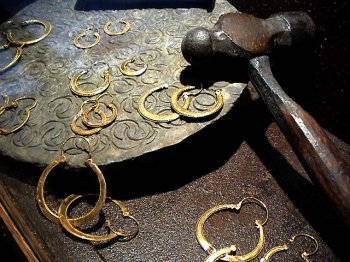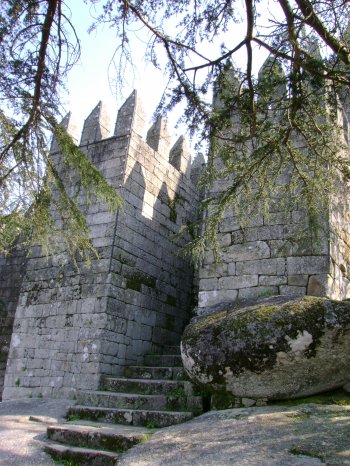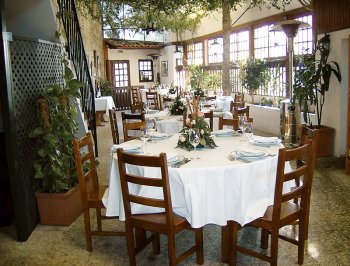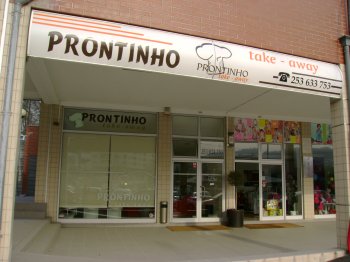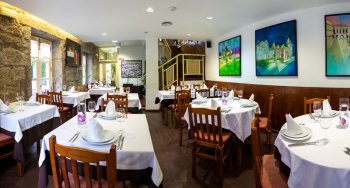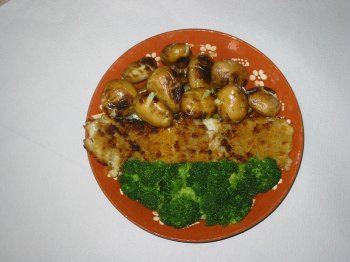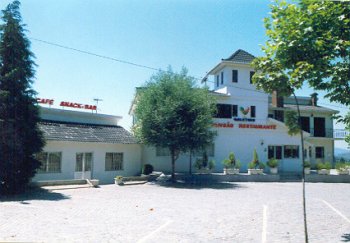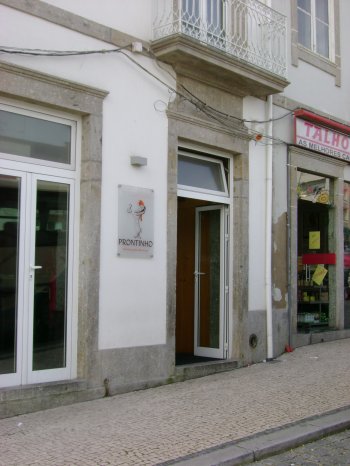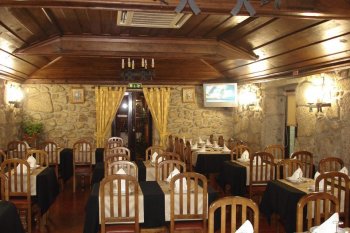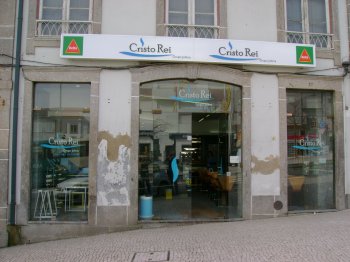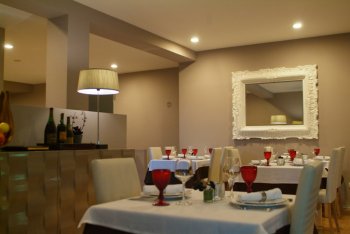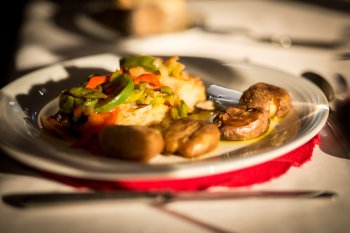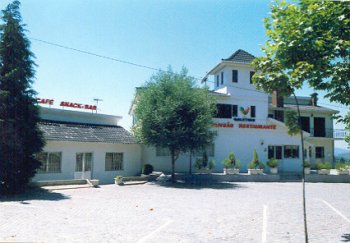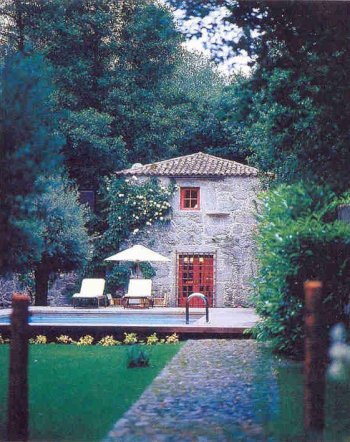Póvoa de Lanhoso
Located in the heart of Minho and in a region with designation of origin of the vinho Verde, halfway between Braga and Peneda-Gerês National Park, the municipality of Póvoa de Lanhoso enjoys a privileged geographical situation which makes place of passage of many national and foreign tourists, as well as the people of yore. There are in the municipality numerous traces of different civilizations that bear witness to the long history of these lands and the fascination they exert forever. Celts and Romans left their culture shows clear here, as can be seen in several castros of the region. Later, in the 12th century, rose the most emblematic and representative monument of these lands – the castle of Lanhoso-about Monte do Pilar, known to be the largest monolith in the Iberian Peninsula. In the year 1291, d. Dinis grants Foral to the village, so the County de Lanhoso. Already in the year 1640, in the vicinity of the Castle and the Castro de Lanhoso, built one of the great monuments of the city, the shrine of our Lady of Porto d'ave. In terms of assets, also deserves highlight Bald oak, an oak tree with more than 500 years, considered to be of public interest. However, the potential of this municipality lies mainly in the production of vinho Verde, which takes as an engine of economic development. The specificity of soil, climate and regional varieties, as well as his own form of cultivation of the vineyard, they lend unique features to this product, which also makes it exceptionally located monitoring of local cuisine, in particular green red wines. The vineyards of hanged to modern vineyards, traditional Mills to most modern wine companies, there is a whole set of wine resources committed to providing unique experiences to those who visit the region. For good drink, good eating. The municipality of Póvoa de Lanhoso inserts in one of the richest regions in terms of gastronomy, which reflects in delicacies such as the goat to San Jose, considered the typical dish of the feasts of St. Joseph, the grilled roast Cod with roasted potatoes or even the steaks to pilgrimage, plate mandatory on Pilgrimage of Nossa Senhora de Porto d'ave. To sweeten the palate, noted the sponge cake, cavacas, cigars and Bagels as the typical sweets of various festivities. Today, the municipality enjoys a franco economic and industrial development, particularly in the granite industry and jewellery, which assumes its maximum expression at Travassos filigrees, what really has contributed to an improvement of the infrastructure and conditions of reception of visitors, both as a cultural tourist.
What to do in Póvoa de Lanhoso
Where to eat in Póvoa de Lanhoso
Portuguese
25.00 €
A restaurant with Cávado Valley views and an effective, friendly service. The restaurant has four d…
Portuguese
9.00 €
Located just facing the Pontido park, this restaurant has only take-away service.
Portuguese, Regional
20.00 €
A pleasant restaurant that serves excellent dishes of the Minho region and features quality service.
Portuguese
9.00 €
A quiet and welcoming restaurant, near the Calvos's oak tree. Apart from the à la carte service, it…
Regional
15.00 €
A restaurant with a quality service and an exceptional cuisine. The Abba has several rooms with air…
Portuguese
8.00 €
A restaurant that, besides the day dishes, serves also snacks, francesinhas and pizzas. It has also…
Portuguese
20.00 €
Situated in the Centre of Póvoa de Lanhoso, the Avenue Restaurant is a modern and cosy space and cu…
Portuguese
25.00 €
O restaurante Fundão insere-se na Quinta Turística do Fundão, da qual faz parte o Hotel Rural Maria…
Where to sleep in Póvoa de Lanhoso
3 star
The Hotel Rural Maria da Fonte, Póvoa do Lanhoso, is an excellent option for those who want to enjoy the countryside and the tranquility of the Alto Minho. Com…
Accommodation offering guests the maximum comfort and quality of service. The rooms are equipped with private bathroom, air conditioning and TV with Sport TV.
Cottage installed in an old watermill, with only two bedrooms. On the ground floor is a living room with fireplace, TV and Hi-Fi equipment, dining room, fully …
Near Póvoa de Lanhoso
Amares
The landscape of Amares is distinctly rural, characterized by the crossing of the Homem and Cávado Rivers. Its tower houses, Roman bridges and main r…
Braga
Braga has two sides: an ancient one and focused on a devout past and the other, more recent, focused on a young and dynamic future. It is known as th…
Cabeceiras de Basto
Located between the mountains of Cabreira and do Marão, Cabeceiras de Basto is one of Minho's oldest and most historic counties. Taking advantage of …
Fafe
The municipality of Fafe, located in the lower Minho region, still retains signs of some rurality today. The landscape is diverse and varies between …
